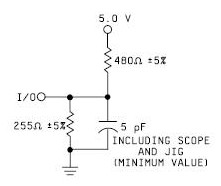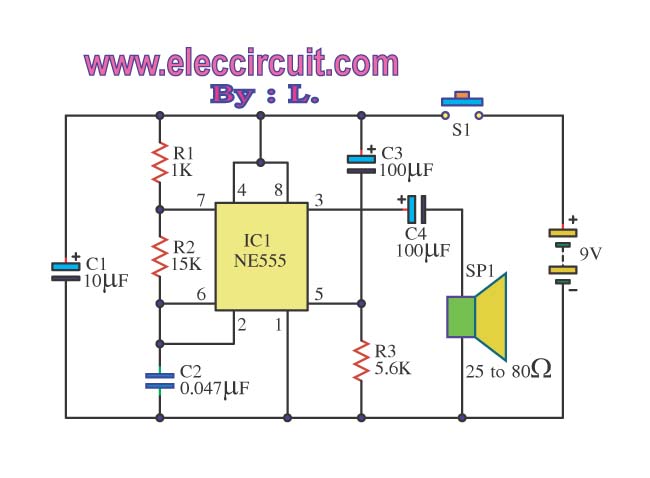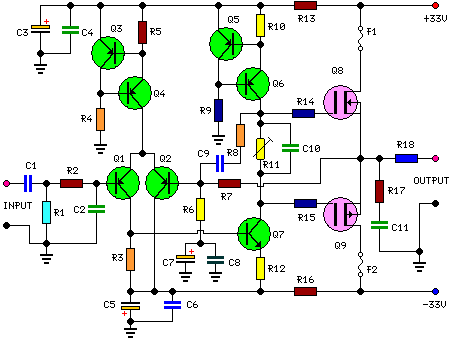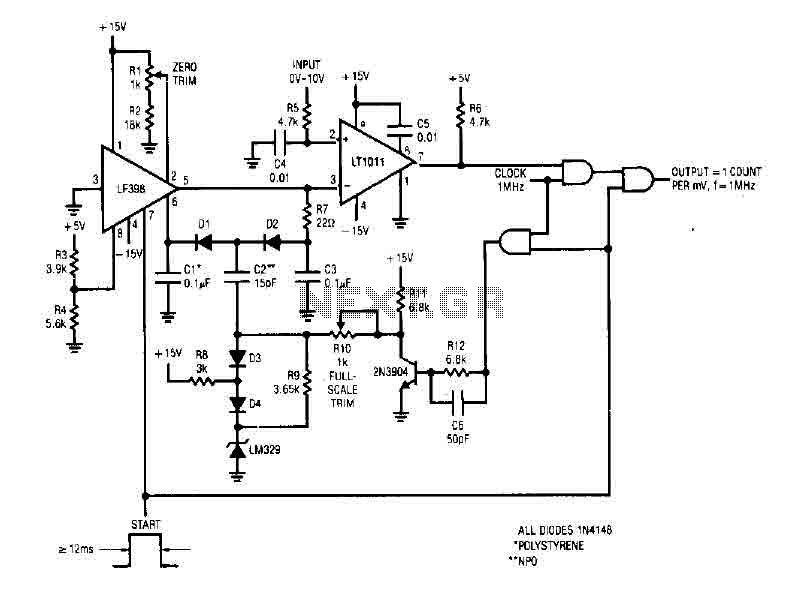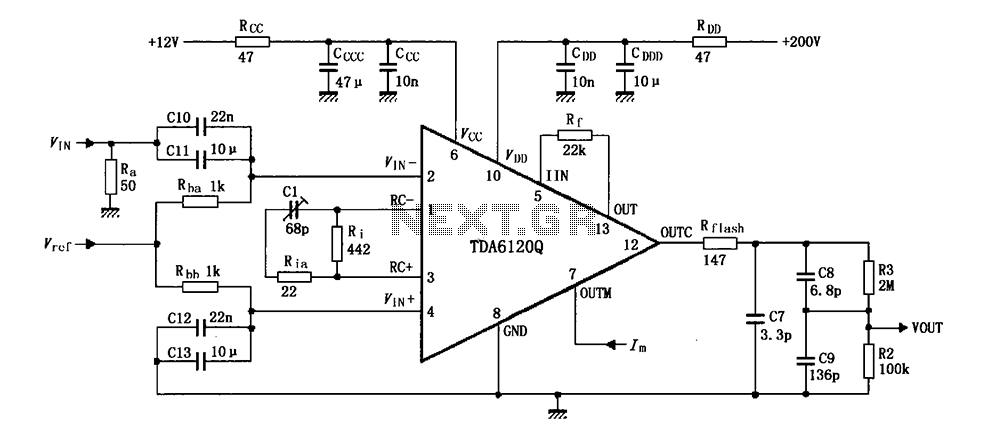
Waa-waa circuit
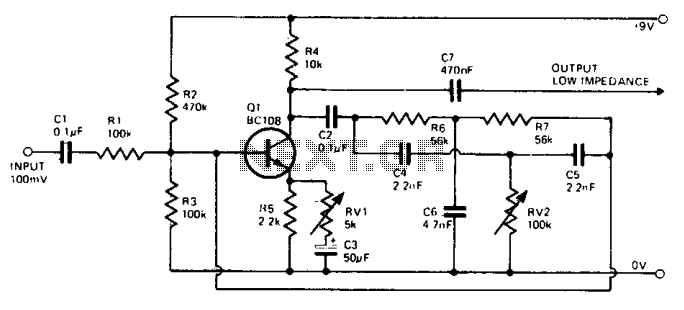
The wah-wah effect is created when specific frequencies are amplified more than others. The fundamental circuit consists of a phase shift RC oscillator. Negative feedback is implemented by returning a portion of the signal to the base. During initial adjustments, RV1 is set to its minimum position. RV2 is then tuned to a level where an audible whistle is generated, signifying the onset of oscillation. Subsequently, RV1 is adjusted until the oscillation ceases. It should be feasible to set RV2 to any value without inducing oscillation, which should also be attainable with RV1 at its minimum setting.
The wah-wah effect circuit primarily utilizes a phase shift RC oscillator configuration to achieve its characteristic sound modulation. This oscillator is designed to amplify specific frequency ranges, resulting in the desired tonal shift. The circuit typically consists of several resistors and capacitors arranged to create a phase shift, which is essential for oscillation.
In the circuit, RV1 functions as a variable resistor that adjusts the amplitude of the feedback signal. Initially, setting RV1 to its minimum ensures that the circuit is stable and does not oscillate. RV2, another variable resistor, is crucial for tuning the frequency of oscillation. By adjusting RV2, the user can find the precise point where the circuit begins to oscillate, indicated by the production of an audible whistle. This point is critical, as it marks the transition from a stable state to an oscillating state.
Once oscillation is achieved, further fine-tuning of RV1 is necessary. The user should gradually increase RV1 until the oscillation is just about to stop, allowing for a controlled modulation of the effect. The interaction between RV1 and RV2 allows for a wide range of frequency responses, enabling the user to explore different tonal qualities.
An important characteristic of this circuit is its ability to remain stable at various settings of RV2 without producing oscillation. This feature ensures versatility in sound design, allowing the user to experiment with different configurations while maintaining control over the effect's intensity. The wah-wah effect circuit exemplifies the principles of feedback and resonance in electronic design, making it a popular choice in audio processing applications.The waa-waa effect is achieved as certain frequencies are amplified more than others. A phase shift RC oscillator makes up the basic circuit. Negative feedback is obtained by feeding part of the signal back to the base. When adjusting initially, RV1 is turned to minimum. RV2 is adjusted to a point at which an audible whistle appears indicating oscillation. RV1 is then adjusted till the oscillation just disappears. It should be possible to set RV2 to any value without any oscillation, this should also be achieved with the minimum possible value of RV1. 🔗 External reference
The wah-wah effect circuit primarily utilizes a phase shift RC oscillator configuration to achieve its characteristic sound modulation. This oscillator is designed to amplify specific frequency ranges, resulting in the desired tonal shift. The circuit typically consists of several resistors and capacitors arranged to create a phase shift, which is essential for oscillation.
In the circuit, RV1 functions as a variable resistor that adjusts the amplitude of the feedback signal. Initially, setting RV1 to its minimum ensures that the circuit is stable and does not oscillate. RV2, another variable resistor, is crucial for tuning the frequency of oscillation. By adjusting RV2, the user can find the precise point where the circuit begins to oscillate, indicated by the production of an audible whistle. This point is critical, as it marks the transition from a stable state to an oscillating state.
Once oscillation is achieved, further fine-tuning of RV1 is necessary. The user should gradually increase RV1 until the oscillation is just about to stop, allowing for a controlled modulation of the effect. The interaction between RV1 and RV2 allows for a wide range of frequency responses, enabling the user to explore different tonal qualities.
An important characteristic of this circuit is its ability to remain stable at various settings of RV2 without producing oscillation. This feature ensures versatility in sound design, allowing the user to experiment with different configurations while maintaining control over the effect's intensity. The wah-wah effect circuit exemplifies the principles of feedback and resonance in electronic design, making it a popular choice in audio processing applications.The waa-waa effect is achieved as certain frequencies are amplified more than others. A phase shift RC oscillator makes up the basic circuit. Negative feedback is obtained by feeding part of the signal back to the base. When adjusting initially, RV1 is turned to minimum. RV2 is adjusted to a point at which an audible whistle appears indicating oscillation. RV1 is then adjusted till the oscillation just disappears. It should be possible to set RV2 to any value without any oscillation, this should also be achieved with the minimum possible value of RV1. 🔗 External reference
Warning: include(partials/cookie-banner.php): Failed to open stream: Permission denied in /var/www/html/nextgr/view-circuit.php on line 713
Warning: include(): Failed opening 'partials/cookie-banner.php' for inclusion (include_path='.:/usr/share/php') in /var/www/html/nextgr/view-circuit.php on line 713
